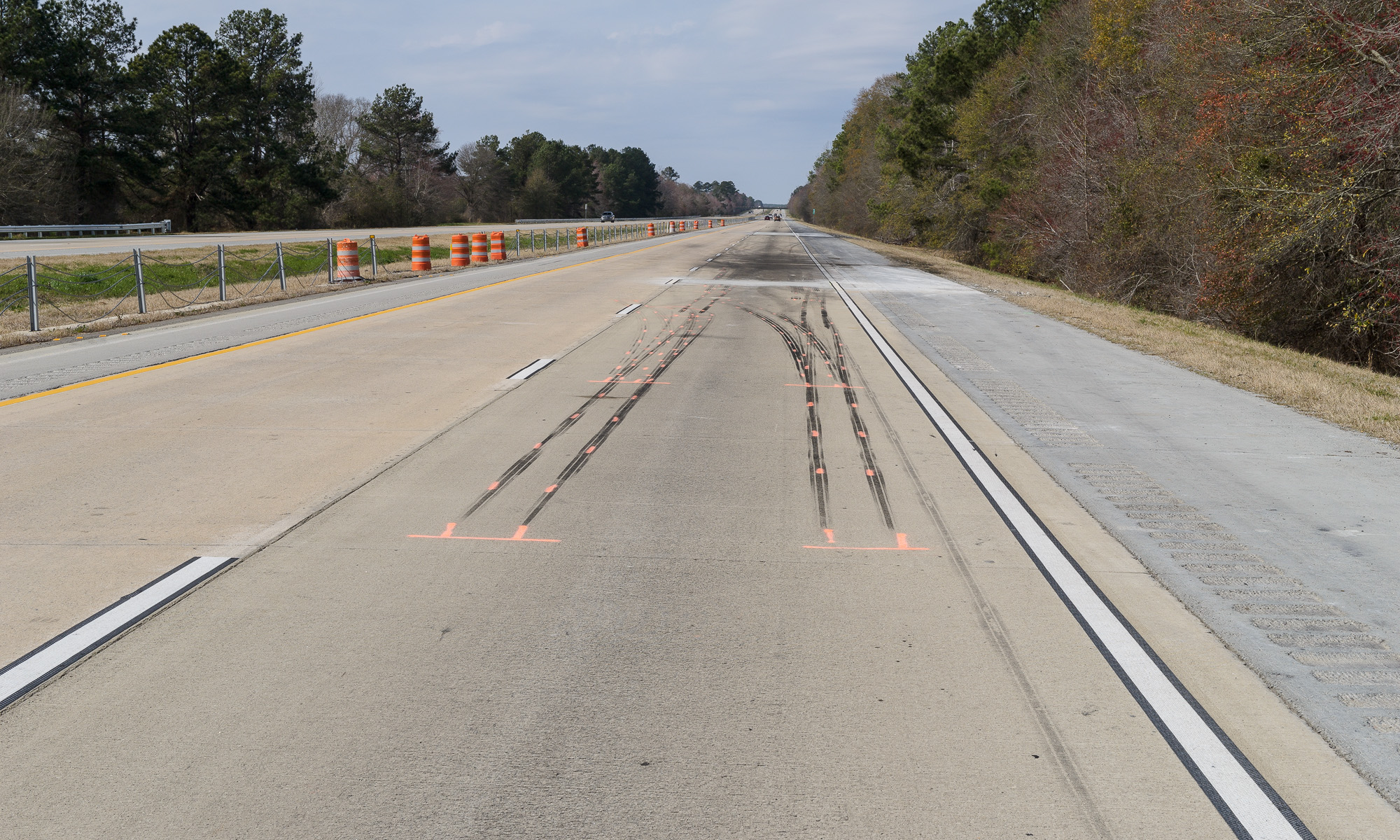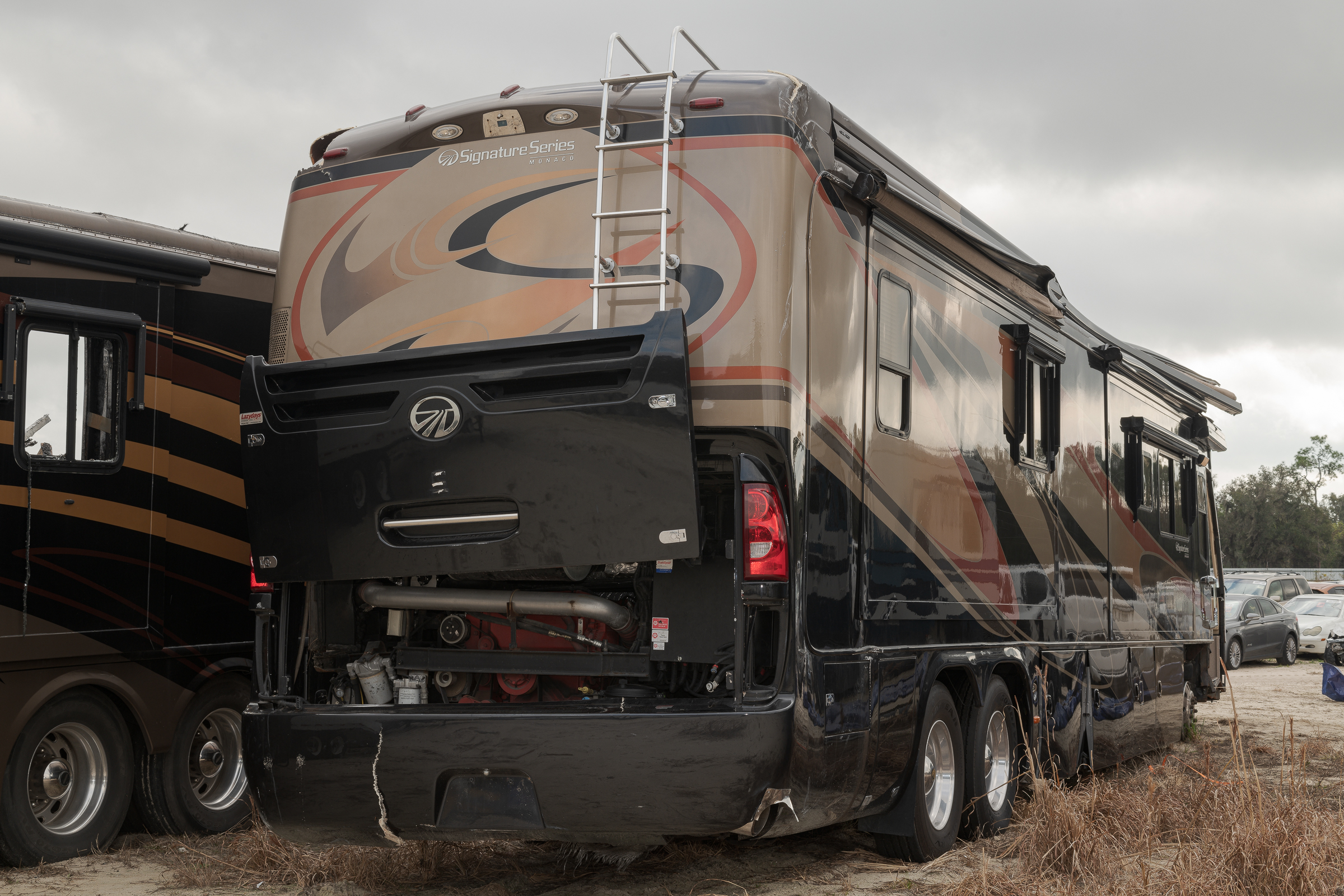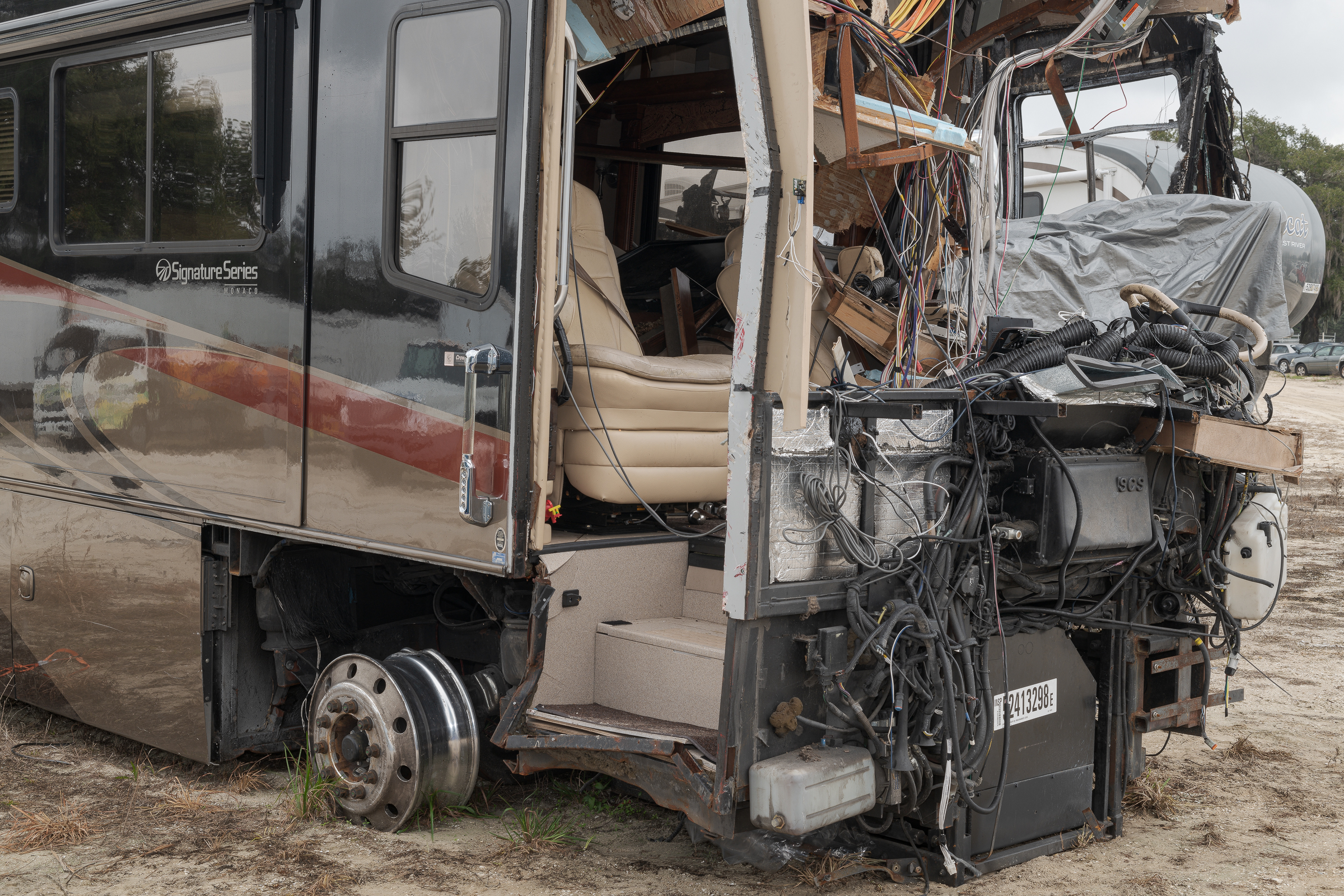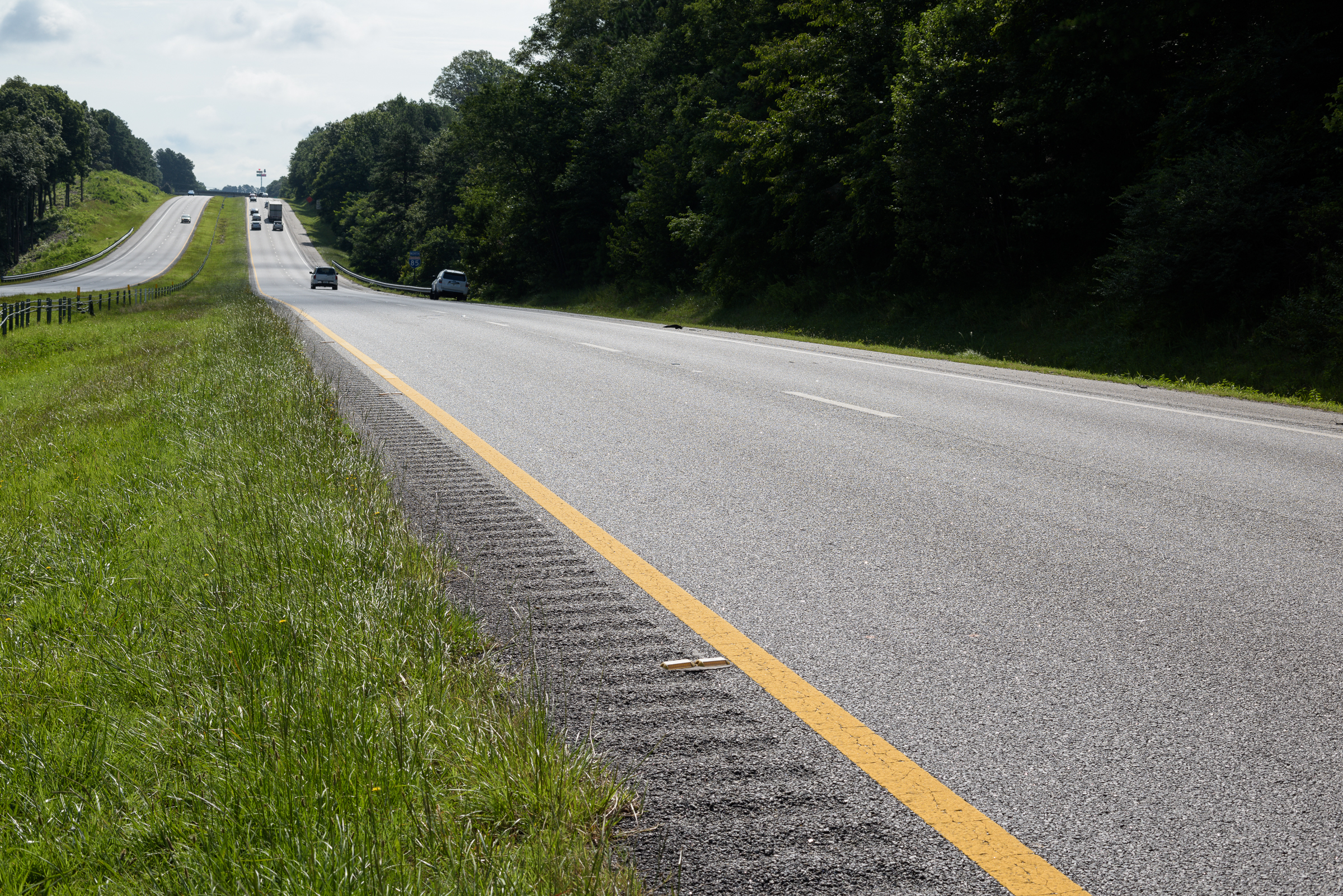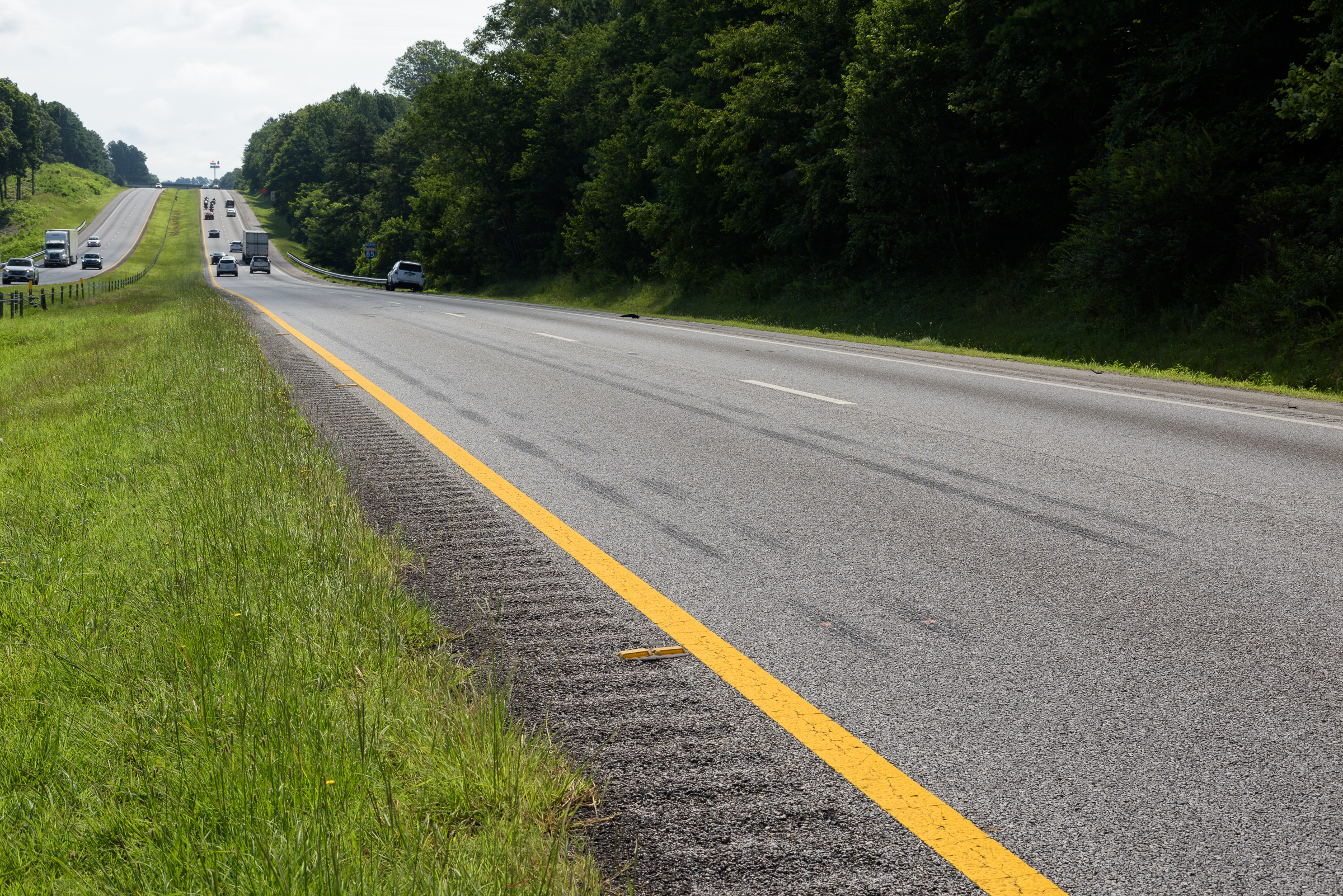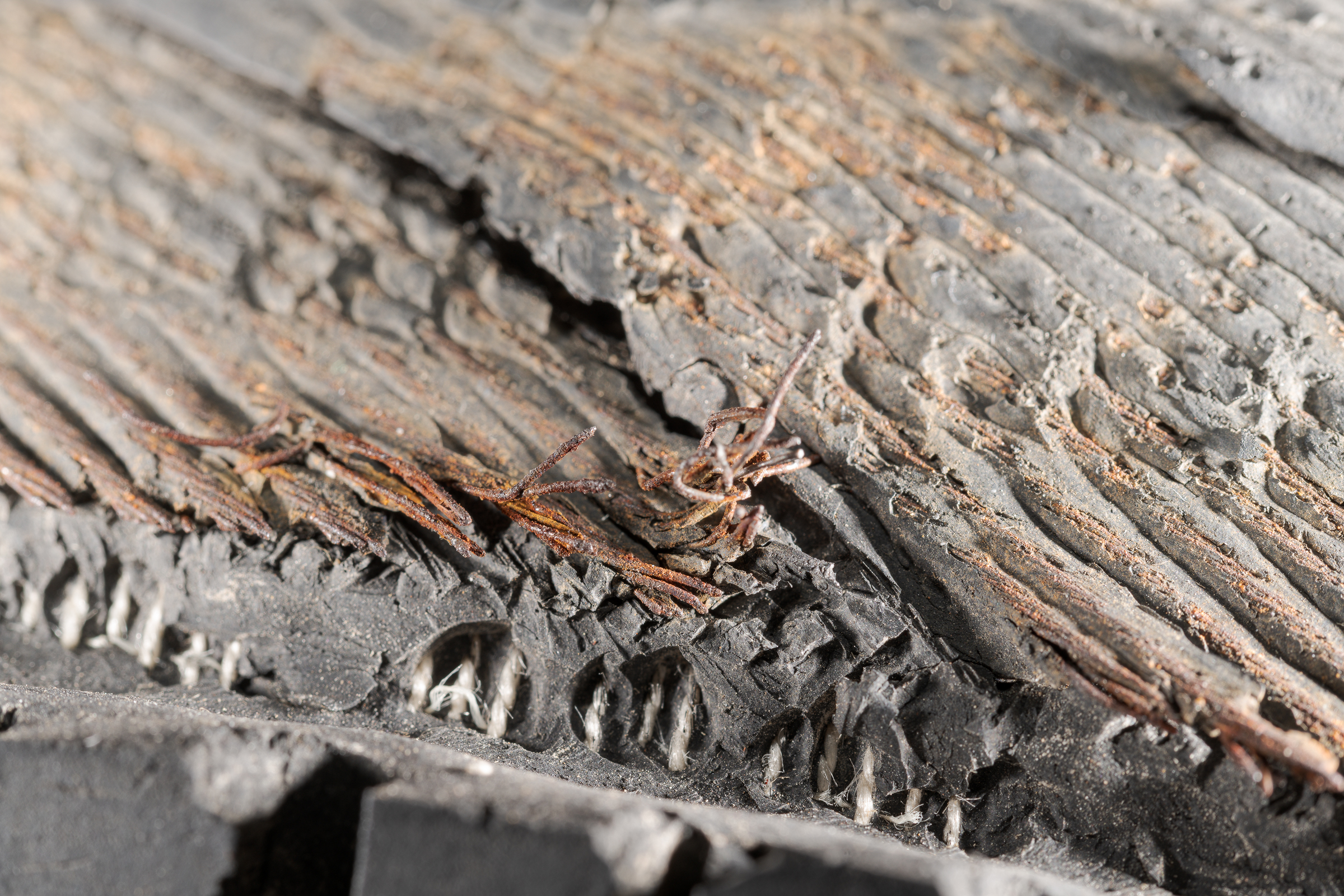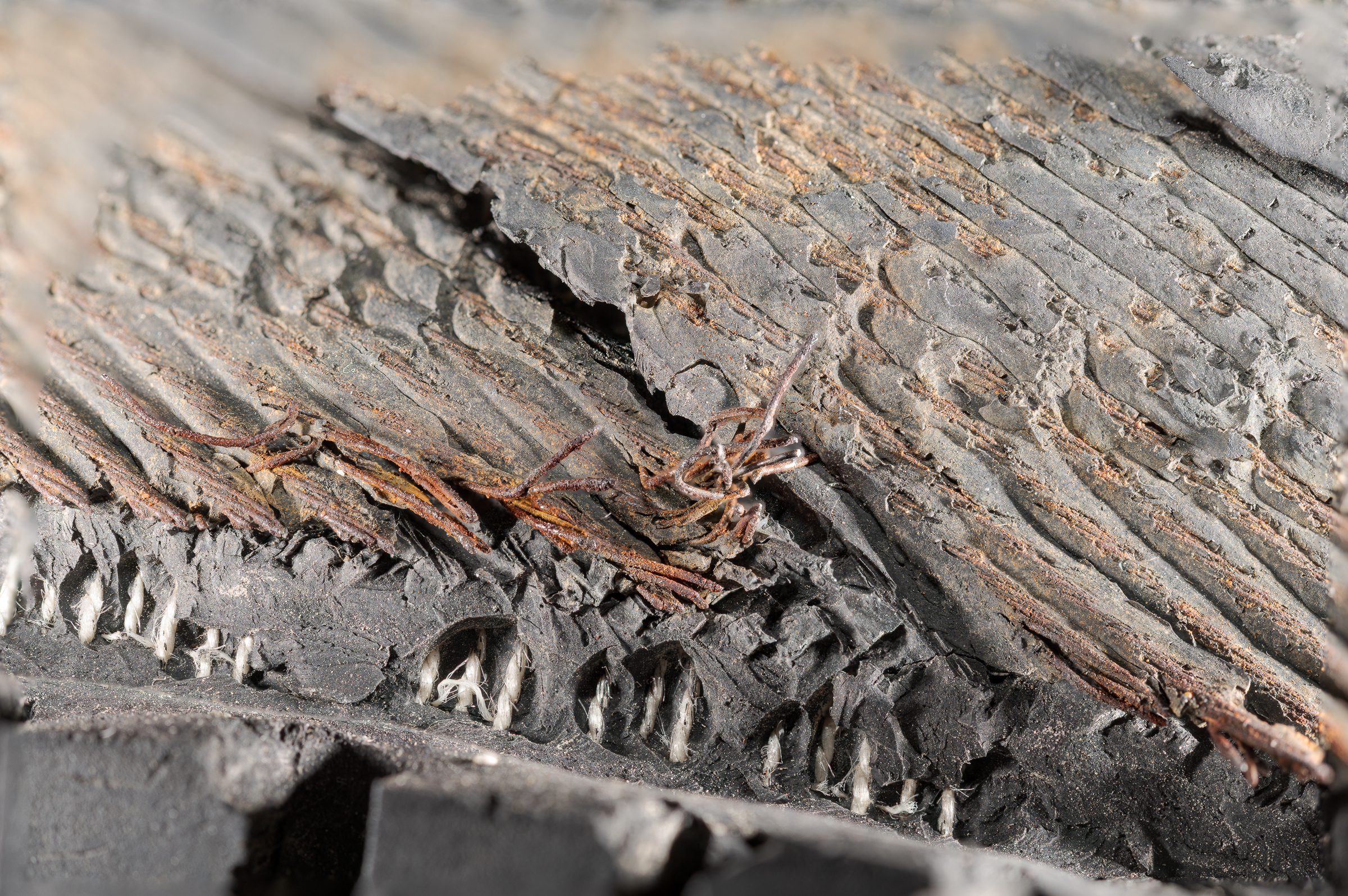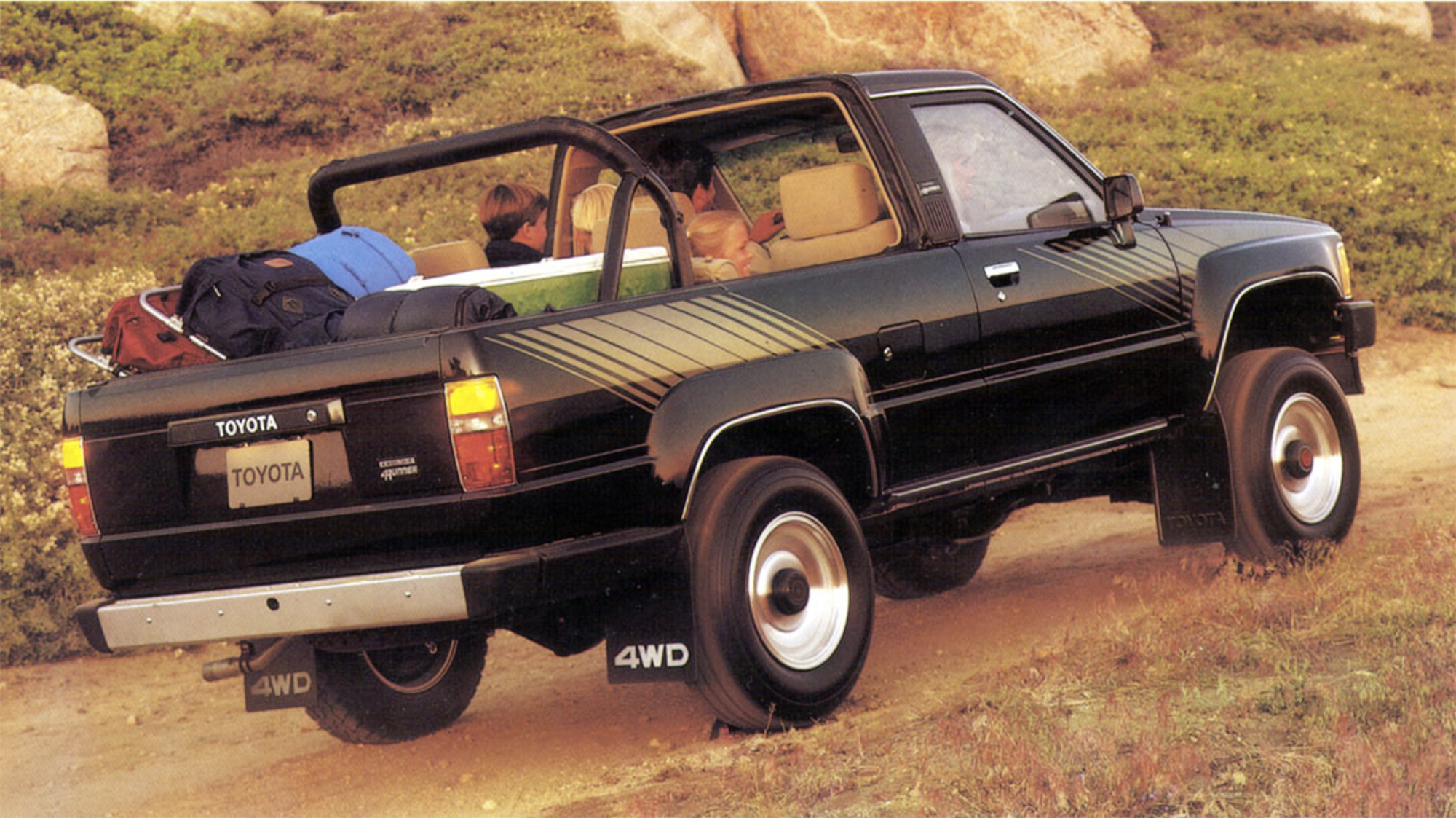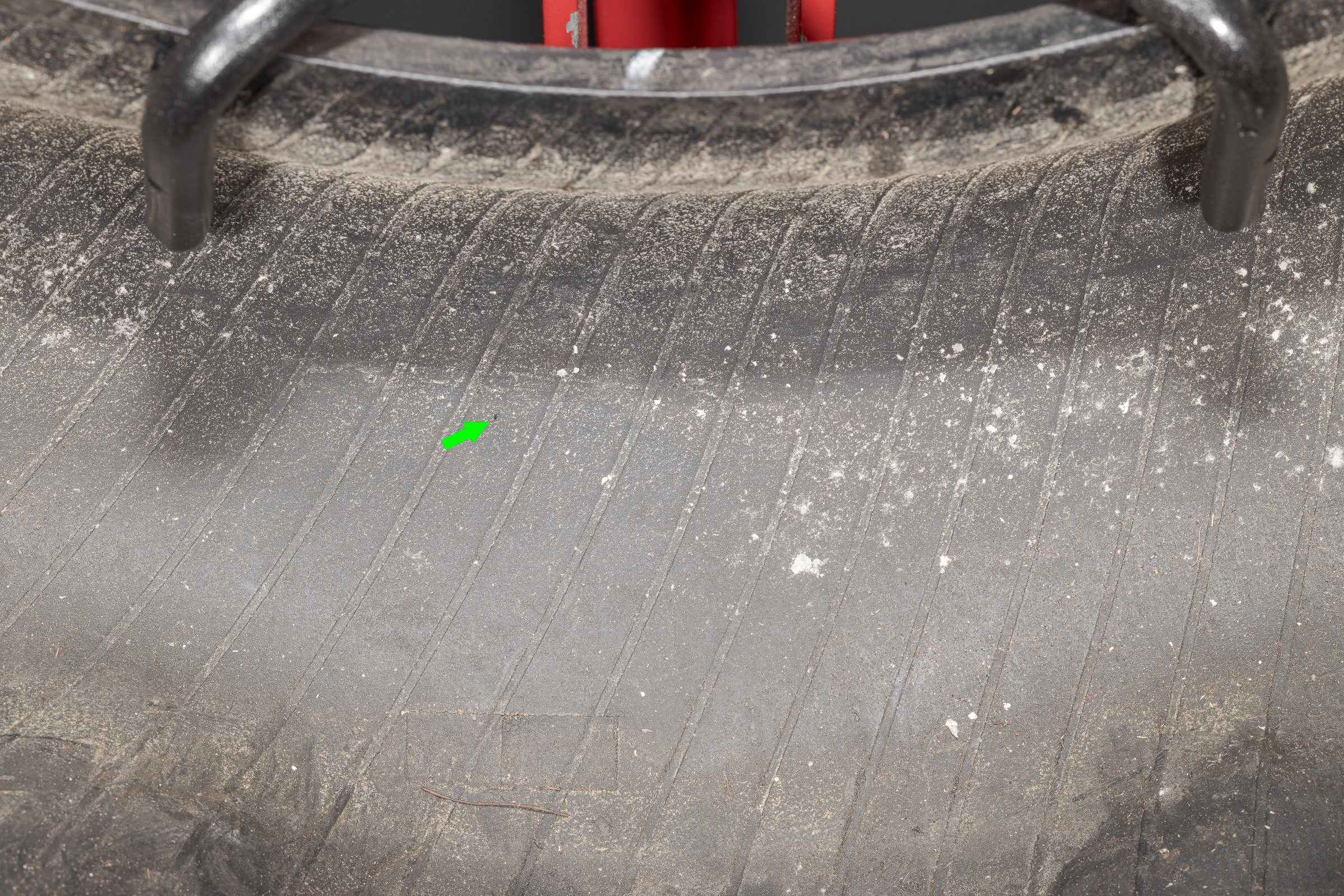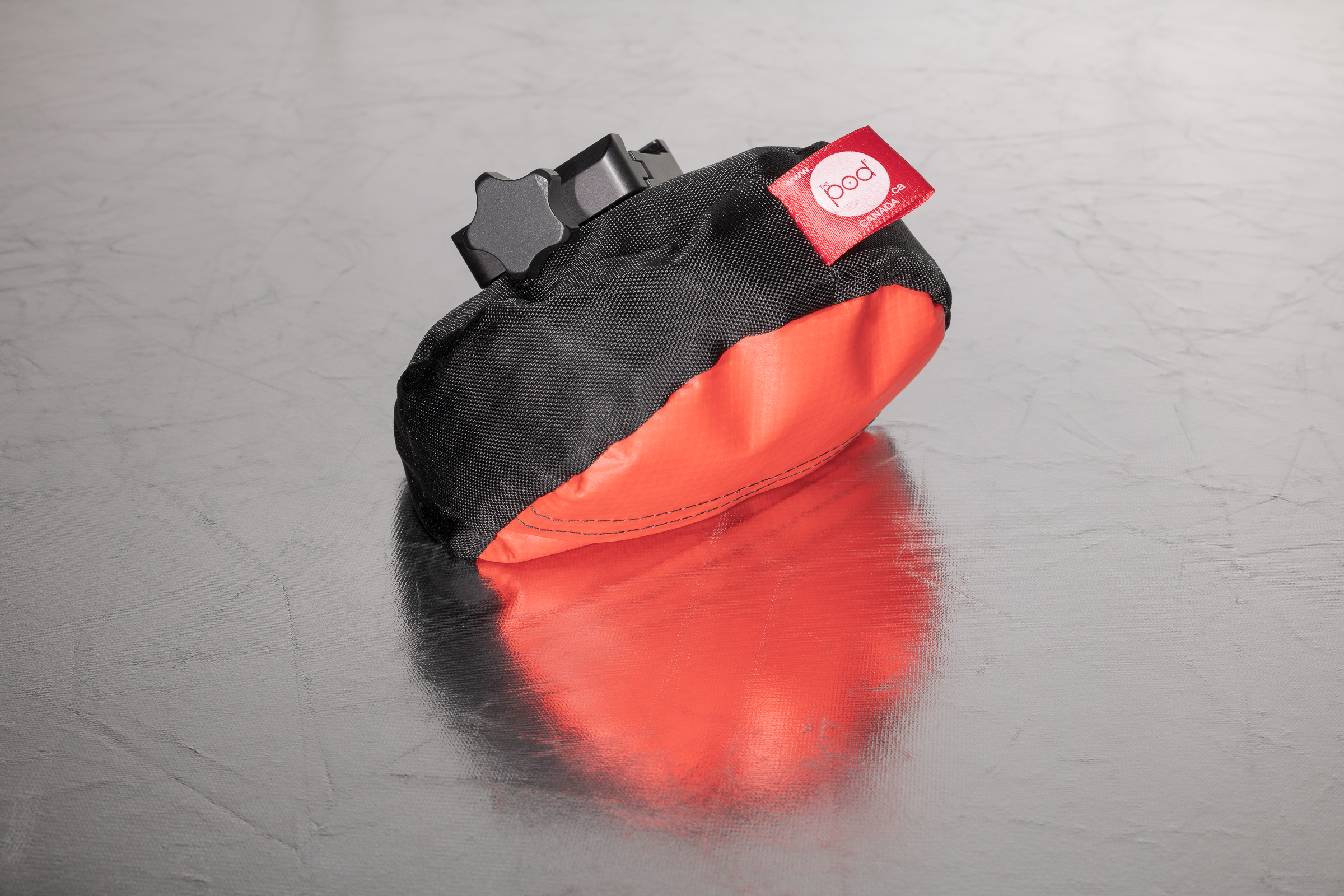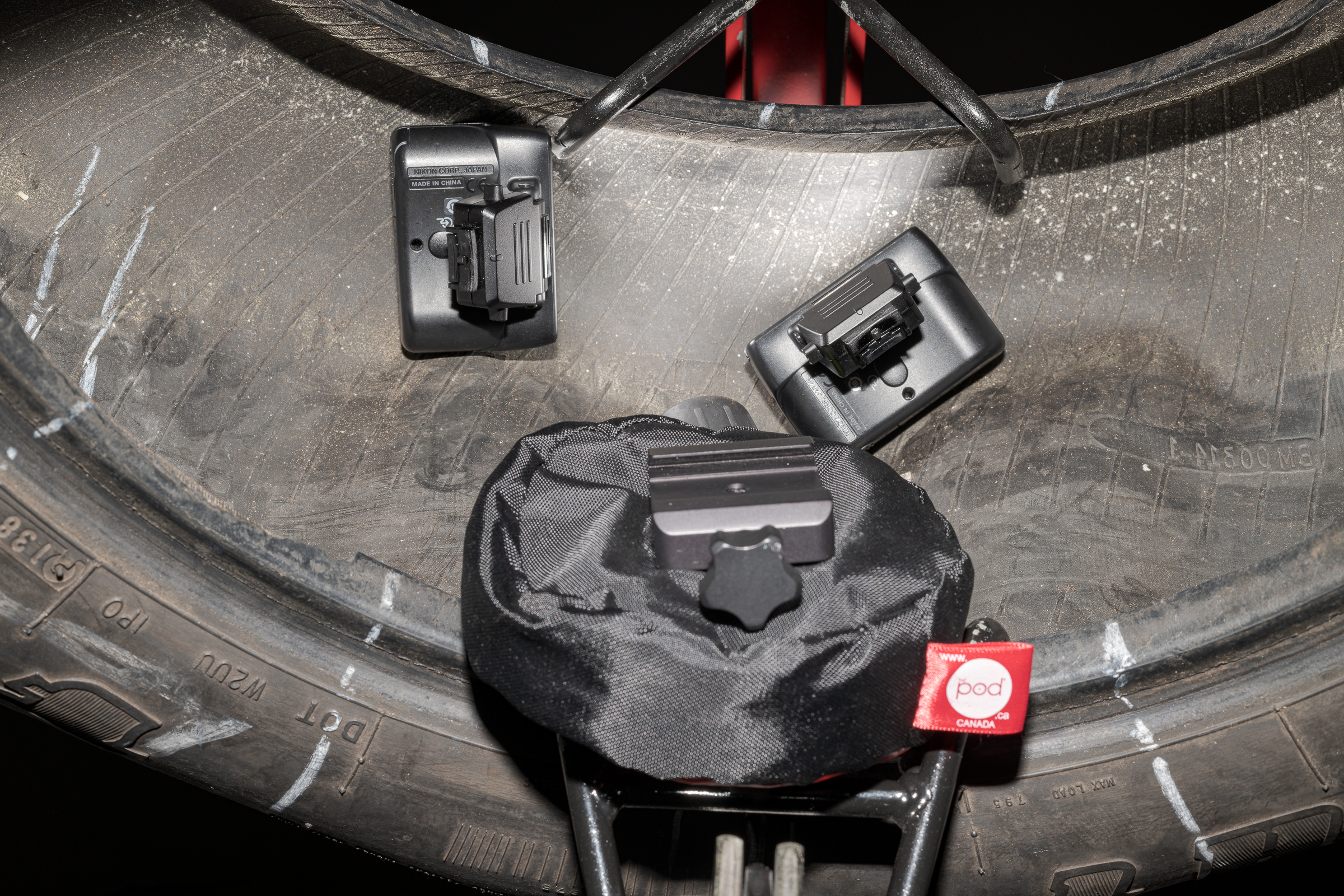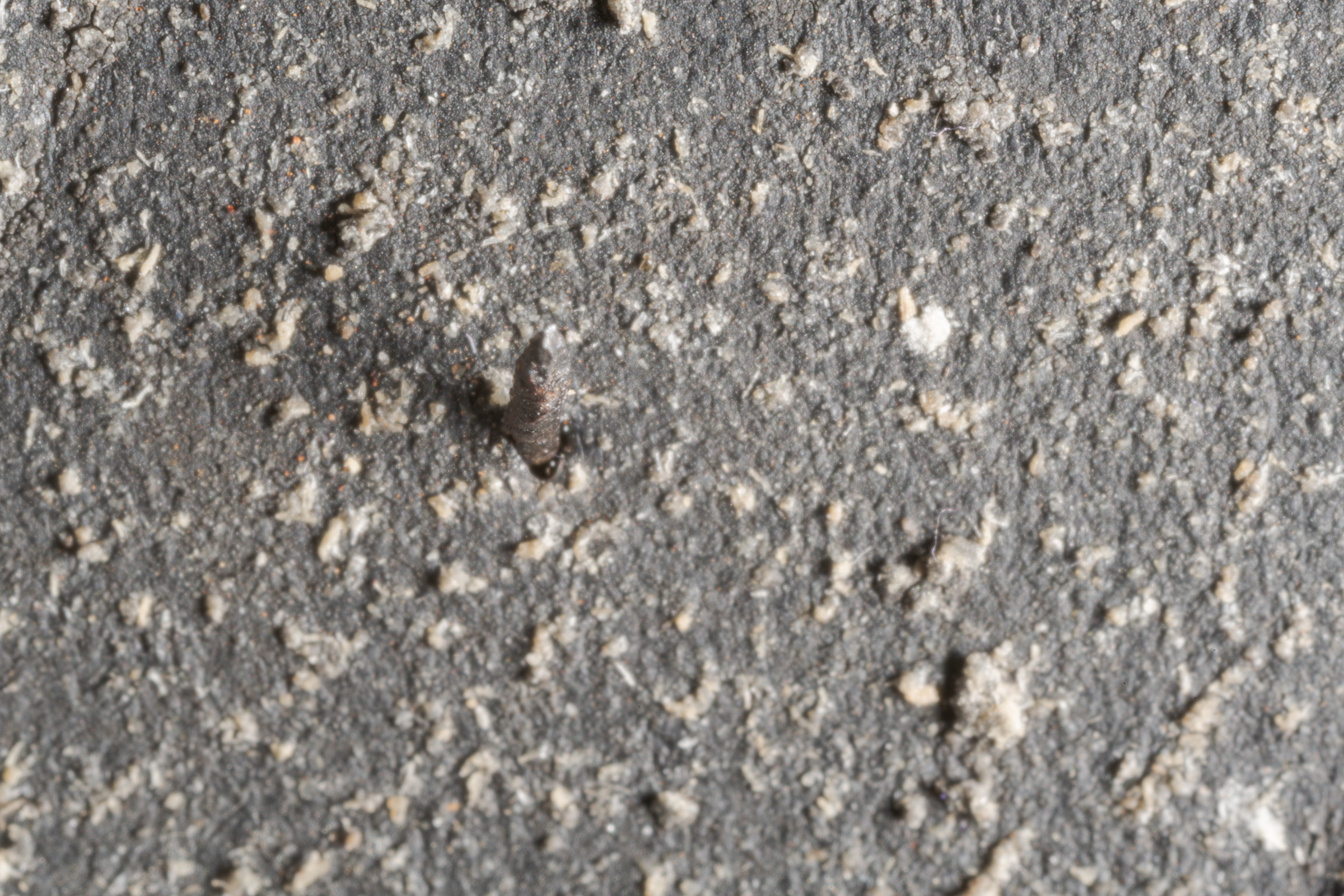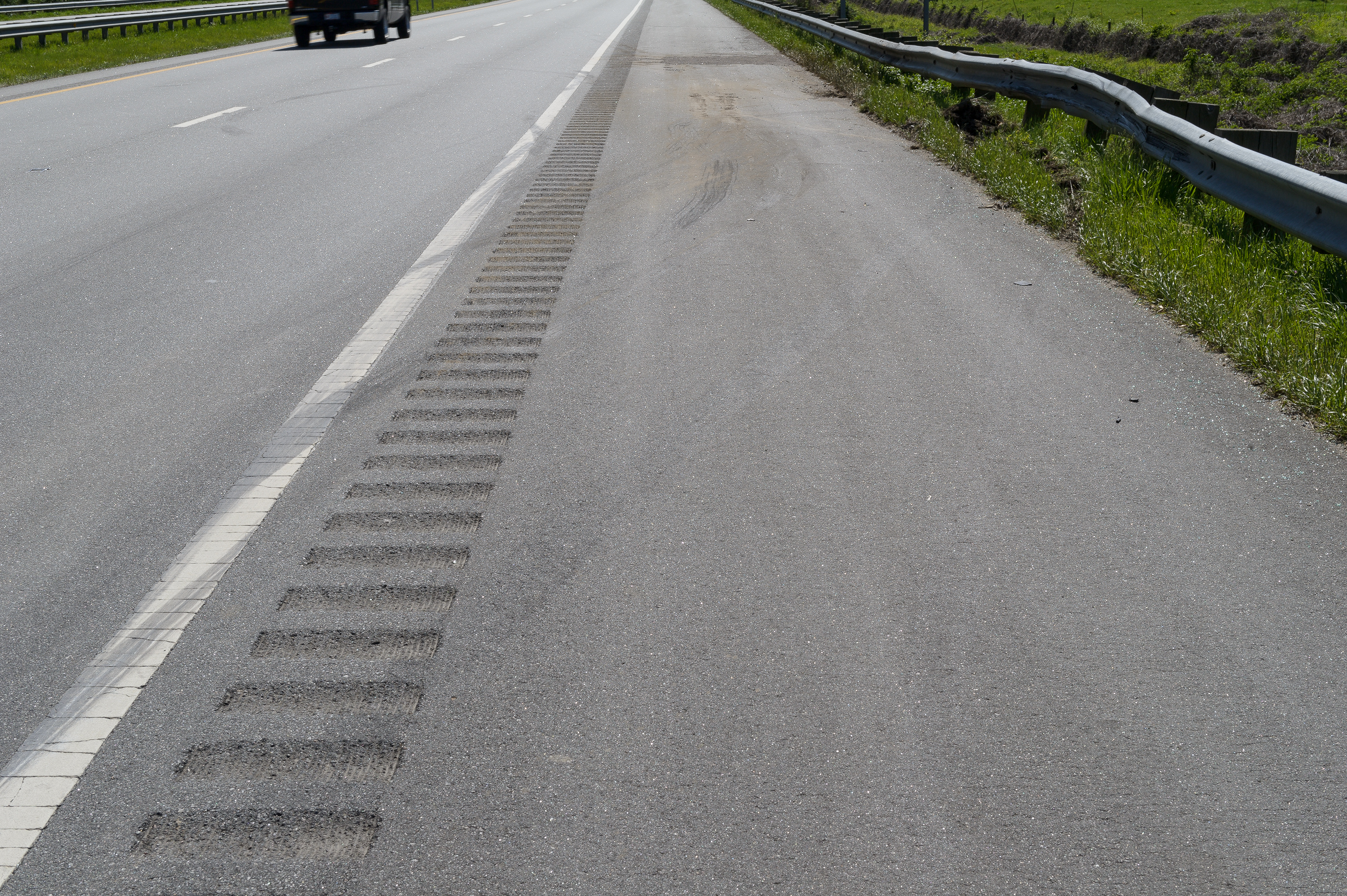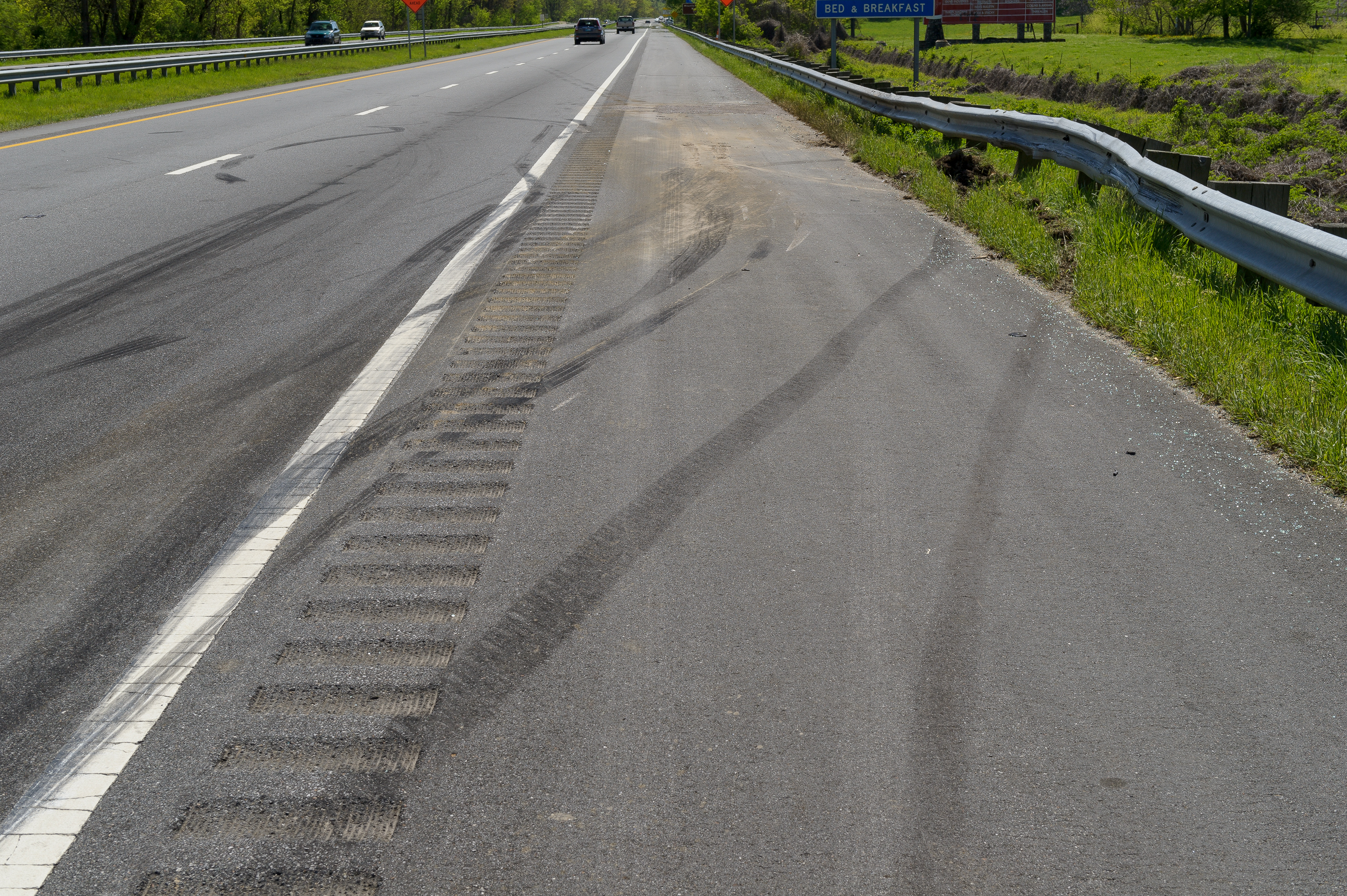Retroreflective tape is designed to reflect light directly back toward the light source. It is most effective when the light source is perpendicular to the tape. The amount of light reflected drops off as the angle between the light source and the tape becomes more oblique.
As required by Federal law, most trucks and trailers have retroreflective tape to enhance conspicuity at night. I’m sure you’ve seen the red and white pattern on the sides and rear of trailers.
Because I always use fill flash when photographing vehicles outdoors, light from the flash will reflect off the retroreflective tape even during the day. This effect can be seen on the rear of the trailers in this photo. [Click on the image to enlarge, then click on the back arrow to return to this post.]
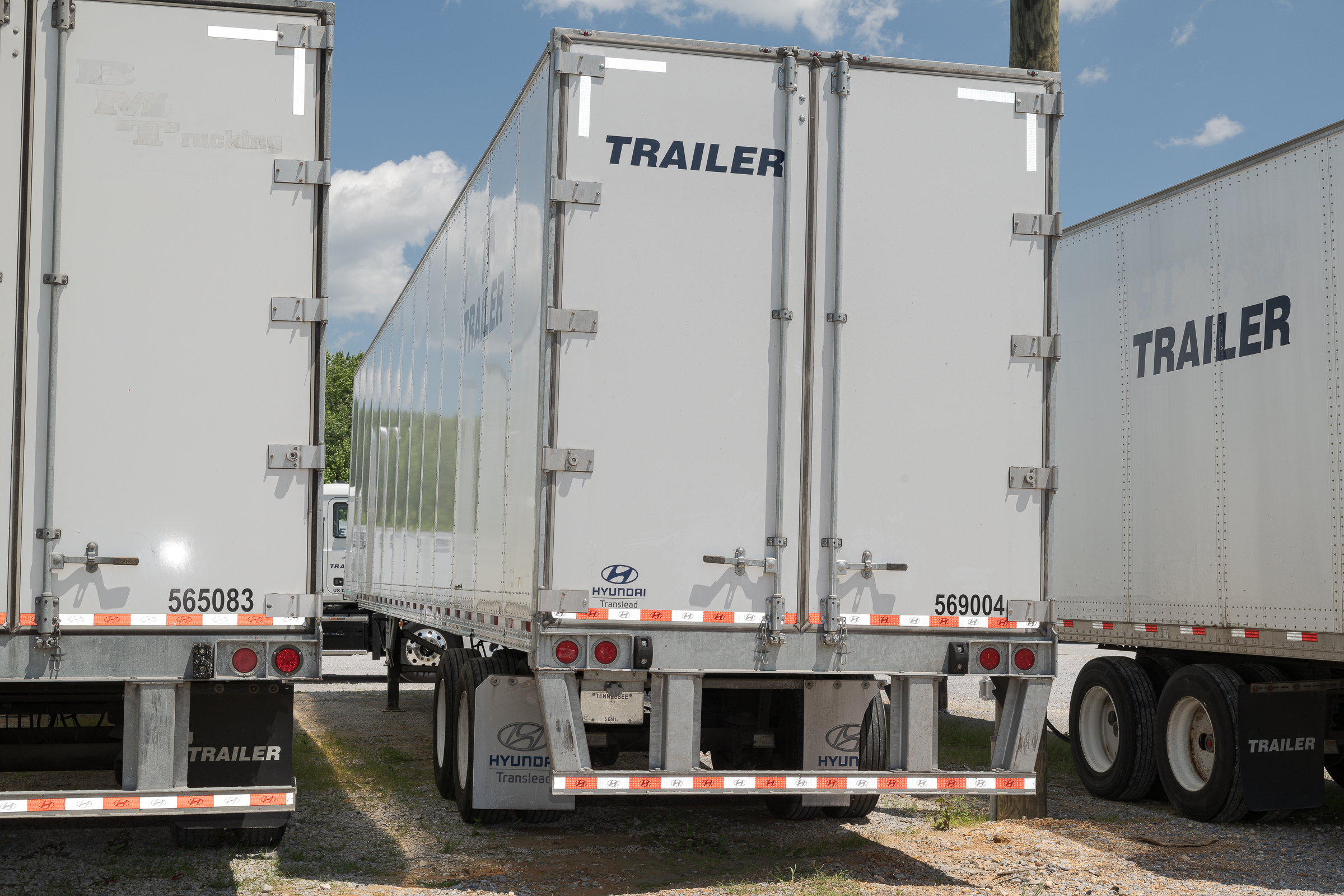
Here was the surprise. Several years ago, I was inspecting a red ambulance with black stripes using my usual polarizer and fill flash. When I checked out one image on the camera’s LCD, I thought either the camera malfunctioned, or I had inadvertently changed some setting. Instead of the black stripes I was seeing on the ambulance, they appeared gold in the photo I just made. [Click on the image to enlarge, then click on the back arrow to return to this post.]
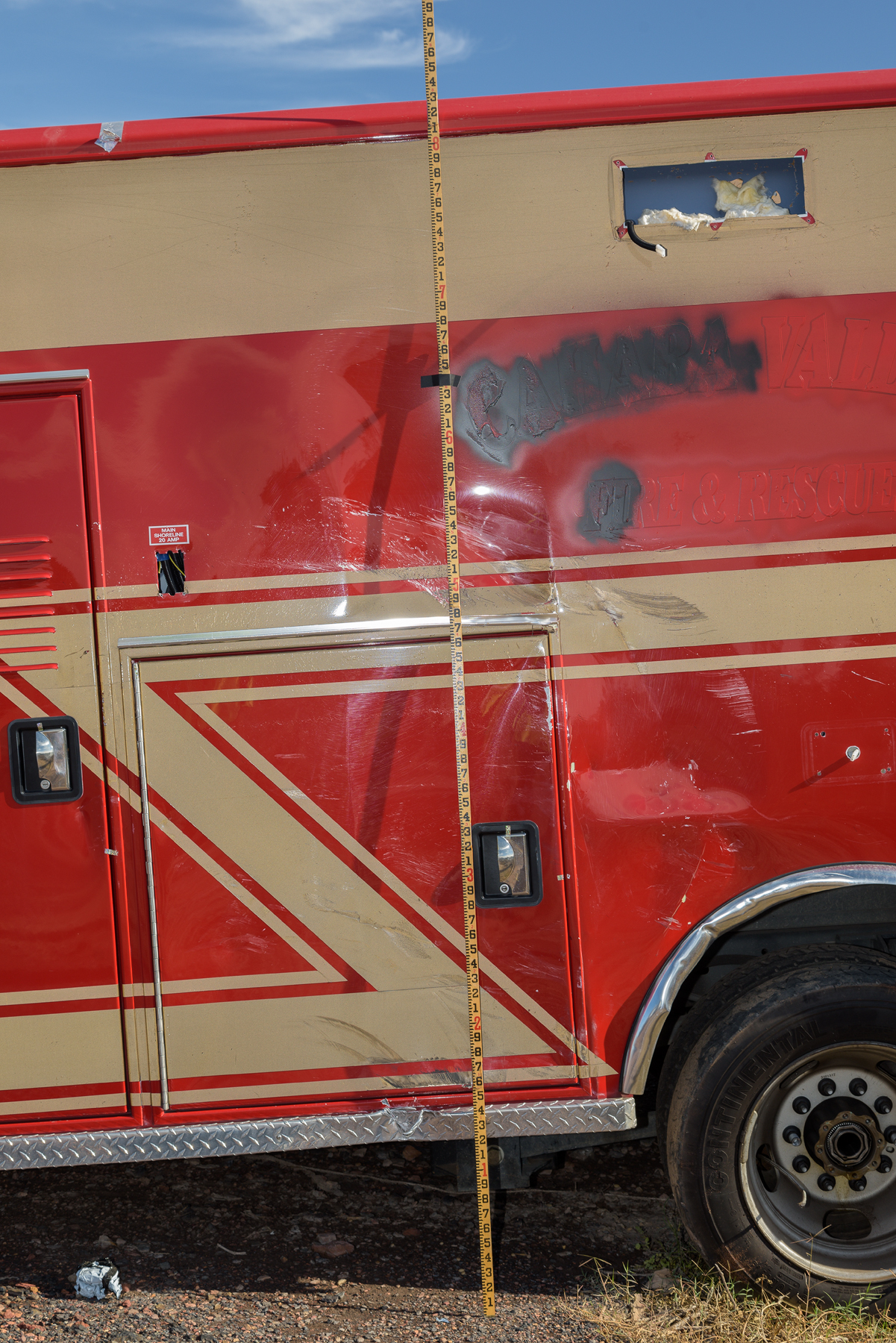
I took a second shot, and it looked the same. Strangely, everything but the stripes looked normal in both photos, so it couldn’t be a camera setting.
I turned the flash off and made another photograph. With the fill flash turned off, the stripes looked just as I was seeing them with my eyes. [Click on the image to enlarge, then click on the back arrow to return to this post.]
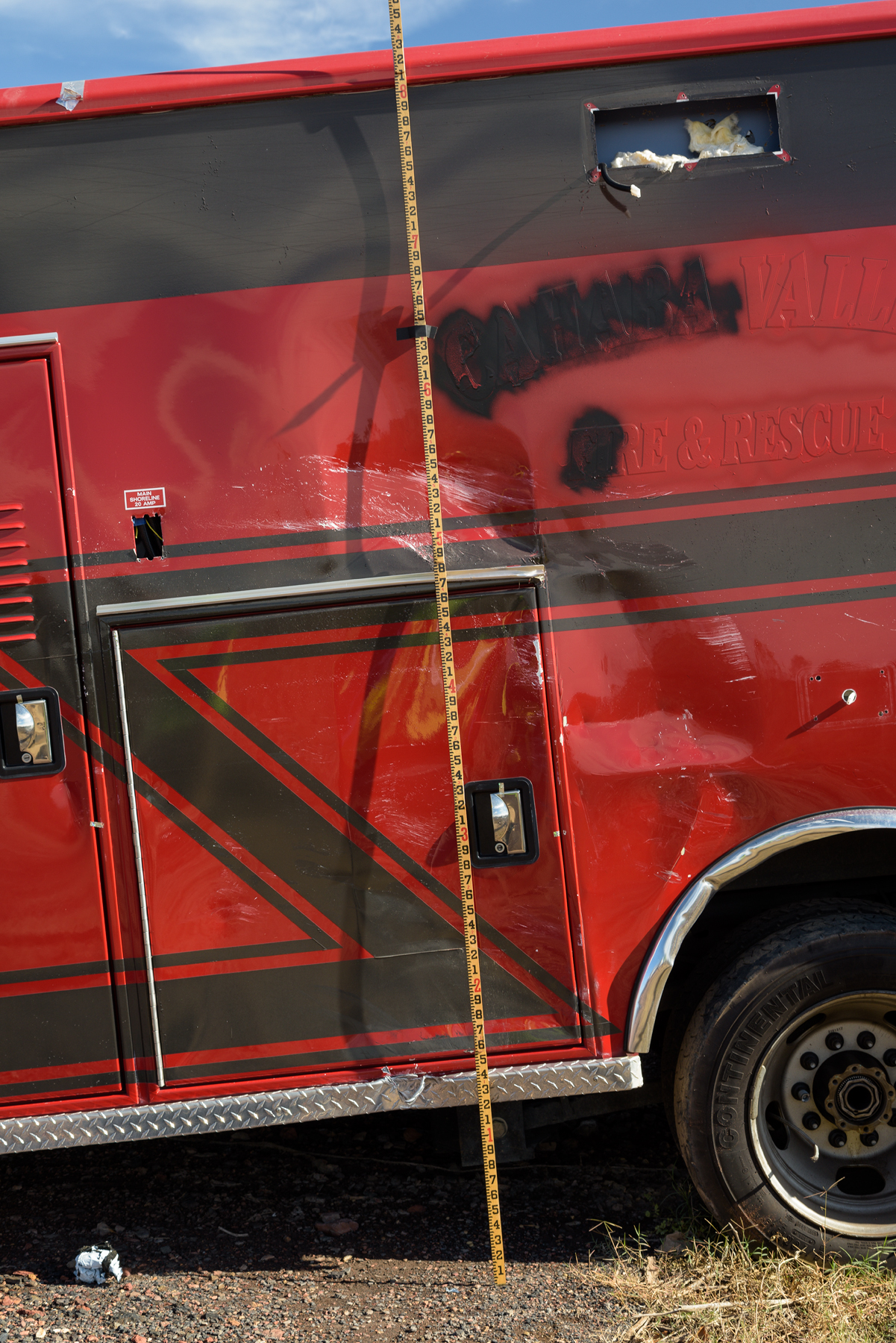
Turns out it was black retroreflective tape that turned gold when light hit it. I had never seen or heard of that before. I ended up going back and making another set of images of the ambulance without flash. I sent both sets to my client.
Two takeaways here:
-1- Always check your images before you leave an inspection site. I typically review them during my inspections, particularly if the lighting is tricky or changing. It’s also a good idea to run through all of them quickly before leaving to ensure you haven’t missed anything. This is particularly true at inspections when clients or other experts are present. It’s easy to get distracted and forget to document something.
-2- It’s often best to make two (or more) sets of images if changes in lighting dictate.
